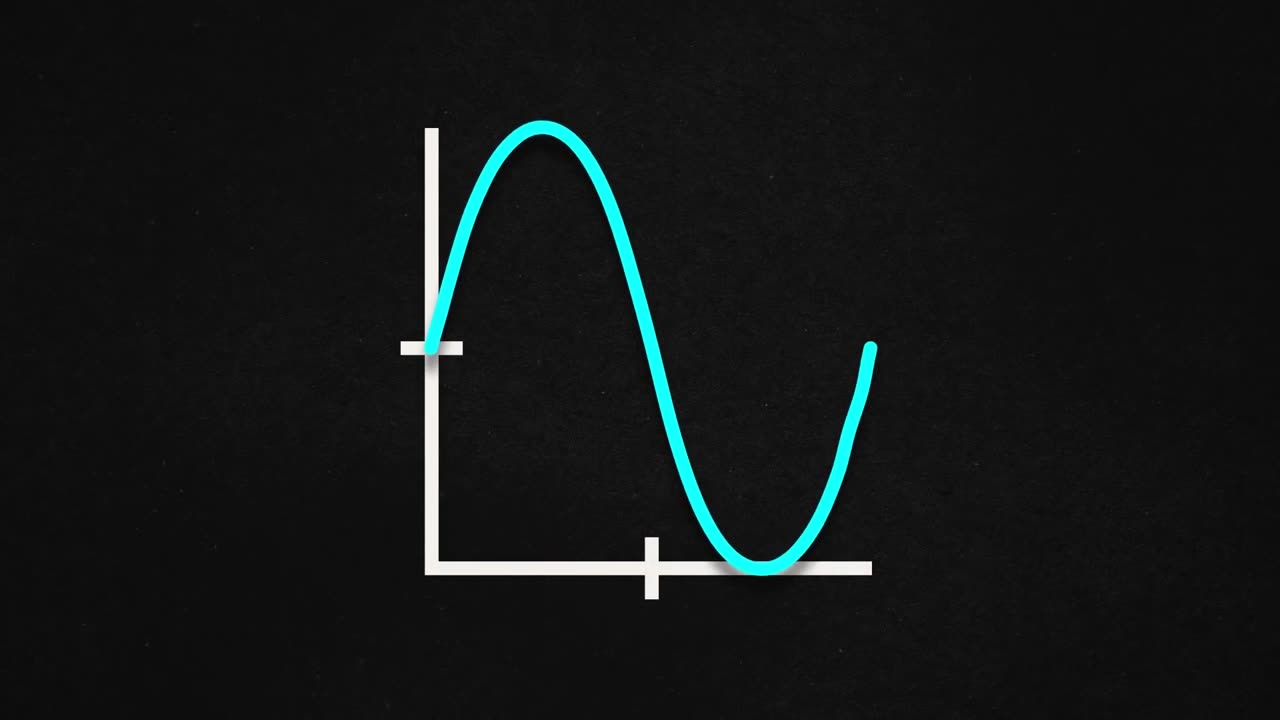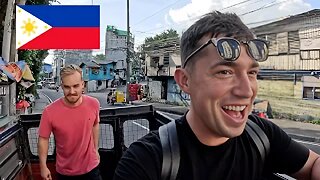Premium Only Content

How Cell Service Really Works
Original video: https://www.youtube.com/watch?v=0faCad2kKeg
How to explain binary code of the spectrum. Translate electrical radiation to sensors in the brain that interpret an image.
380nm blue
780nm red
As wavelength changes the properties change. Higher waves have more energy that pass through materials.
Amplitude is the strength of the radio wave. Amplitude modulation can work over huge distances, but gets interfered with and not good for transmitting large amounts of data.
Distance between waves is the frequency that is proportional to wavelength temporally.
Microwave transmitters help the direct line of site between transmitter and receiver. For fixed cell sites, many have microwave transmitters can locate cell sites almost anywhere. The hexagon signal must reach far enough to not drop the signal between transmitters.
832 allocated licenses for cell service. Spectrum allocation is crucial so everyone has their license. 42 used for cell. 790 left. Outbound 395 and inbound 395. No bordering cells could use the same frequency, or 1/7 of available channels thus 56 users per cell towers. To expand 2G calls are no longer transmitted as audio instead digital using phase and amplitude. One only need part of the channel now. You cannot compress a two minute call into 8 times lots and rotate in rapid succession. It fires off 1 and 0s to now use 8 phones to use 1 channel. From 6 channels to 448. Time division multiple access. Code division multiple access for multiple phones on same channel simultaneously. Each user allocated a spreading code.
-
 2:53:01
2:53:01
Jewels Jones Live ®
1 day agoA MAGA-NIFICENT YEAR | A Political Rendezvous - Ep. 103
138K33 -
 29:54
29:54
Michael Franzese
15 hours agoCan Trump accomplish everything he promised? Piers Morgan Article Breakdown
127K54 -
 2:08:19
2:08:19
Tactical Advisor
19 hours agoThe Vault Room Podcast 006 | Farwell 2024 New Plans for 2025
194K11 -
 34:12
34:12
inspirePlay
1 day ago $5.84 earned🏆 The Grid Championship 2024 – Cass Meyer vs. Kelly Rudney | Epic Battle for Long Drive Glory!
92.6K8 -
 17:50
17:50
BlackDiamondGunsandGear
17 hours ago $3.17 earnedTeach Me How to Build an AR-15
66.4K6 -
 9:11
9:11
Space Ice
1 day agoFatman - Greatest Santa Claus Fighting Hitmen Movie Of Mel Gibson's Career - Best Movie Ever
123K49 -
 42:38
42:38
Brewzle
1 day agoI Spent Too Much Money Bourbon Hunting In Kentucky
83.6K13 -
 1:15:30
1:15:30
World Nomac
1 day agoMY FIRST DAY BACK in Manila Philippines 🇵🇭
65K10 -
 13:19
13:19
Dr David Jockers
1 day ago $12.03 earned5 Dangerous Food Ingredients That Drive Inflammation
83.4K17 -
 1:05:13
1:05:13
FamilyFriendlyGaming
1 day ago $16.00 earnedCat Quest III Episode 8
132K3